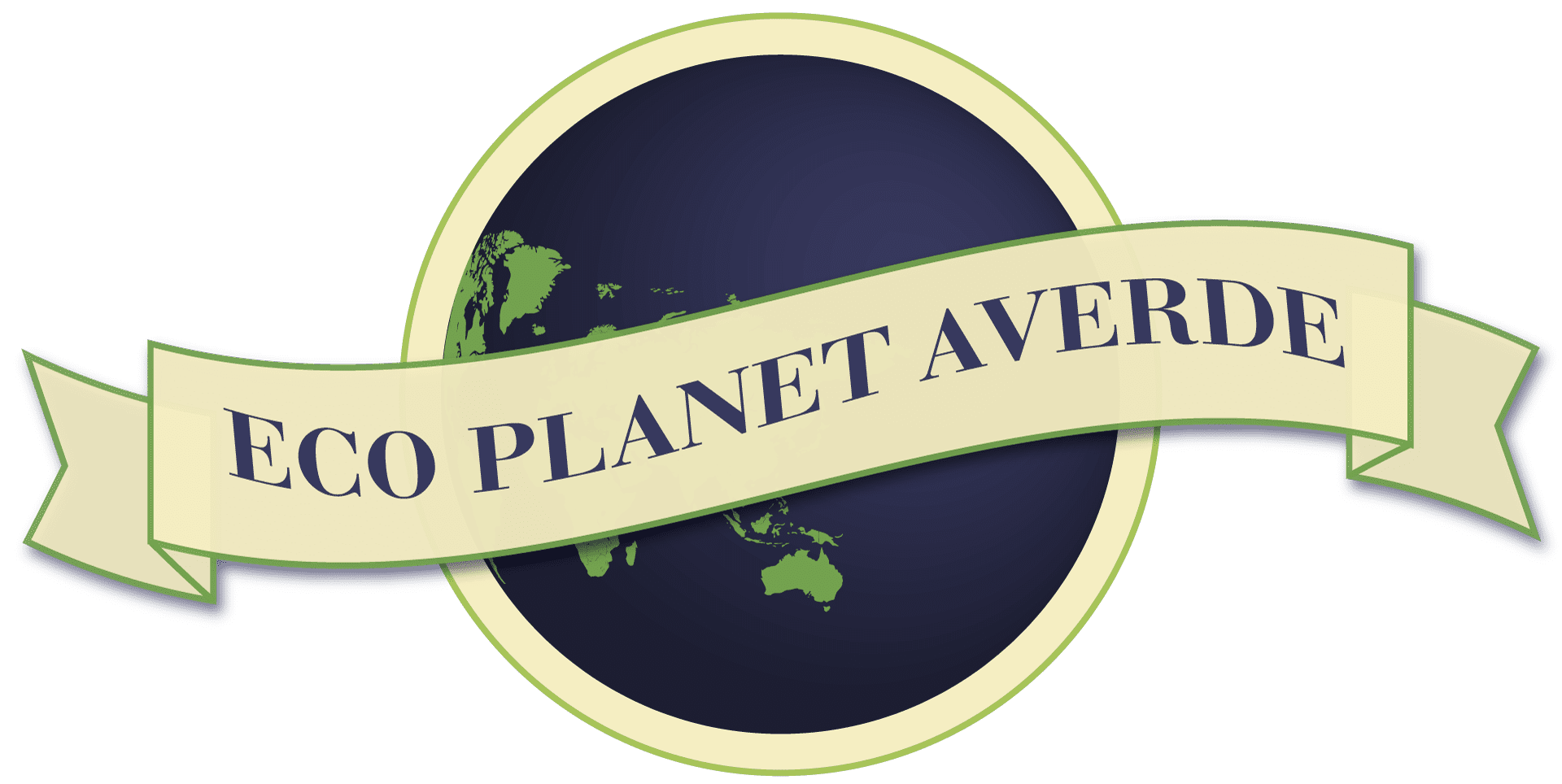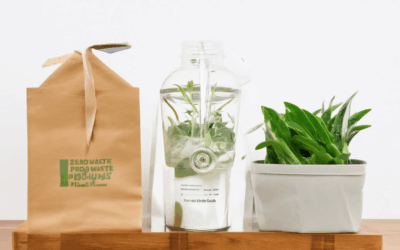The fashion industry is facing a growing crisis as textile waste continues to rise, contributing significantly to environmental degradation and resource depletion. With fast fashion dominating the market, consumers are discarding large quantities of clothing, often before they’ve had a chance to truly appreciate their value. This excessive production and disposal of garments not only leads to overflowing landfills but also exacerbates social and environmental issues. However, there’s a simple yet powerful solution: adopting the 5 R’s—Reduce, Reuse, Repurpose, Recycle, and Repair—to transform how we approach our wardrobes and relationship with fashion. By embracing these principles, individuals can play a crucial role in minimizing textile waste, promoting sustainable practices, and fostering a more mindful and ethical consumer culture.
Key Takeaways
– Legislative Momentum: The Responsible Textile Recovery Act of 2024 mandates Extended Producer Responsibility (EPR), driving circular economy principles and reducing reliance on landfills.
– Organizational Leadership: Companies like Patagonia and The Good Trade set examples by offering repair services and promoting sustainable practices.
– Consumer Action Opportunities: Individuals can reduce waste by donating, swapping, or choosing sustainable fabrics like organic cotton and recycled materials.
– Contributor Analysis: High consumption in China and the U.S. leads to significant textile waste, while other regions like the EU and developing nations also contribute.
– Solutions Pathway: Engage in recycling programs, shop sustainably, and support brands committed to ethical production.
– Corporate Initiatives: Retailers like H&M and Zara offer textile recycling, aligning with the growing trend toward sustainability in fashion.

How to Help Reduce Textile Waste
Reduction of textile waste is crucial due to the environmental impact of the fashion industry. Here are five effective ways to contribute:
1. Support Sustainable Brands
Choose brands that prioritize sustainability. Look for those using organic materials, fair trade practices, and closed-loop systems. Companies like Patagonia and Eileen Fisher are leaders in this space.
2. Repair and Maintain Clothes
Extend the life of your garments by repairing minor damages and cleaning them properly. Regular maintenance can reduce the need for replacements and lower production waste.
3. Buy Thoughtfully
Purchase high-quality items made to last. Investing in timeless pieces reduces the frequency of wardrobe changes and minimizes the demand for new clothing production.
4. Recycle and Upcycle
Recycle usable textiles or donate them to organizations that repurpose materials. Consider upcycling old clothes into new creations or household items, such as turning cotton shirts into cleaning cloths.
5. Conserve Resources
Minimize food waste to reduce compostable materials, which can be used as soil amendments for growing sustainable fabrics. This ties into broader efforts to minimize overall waste streams.
By adopting these practices, we can collectively work towards a more sustainable future. Visit our Eco Planeta Verde resource hub for more tips and guides on sustainable living.
Best Way to Dispose of Textiles
Disposing of textiles responsibly is essential to minimize environmental impact. Here’s a comprehensive guide to handling textile waste effectively:
- Donate When Possible: Many organizations accept gently used clothing, helping those in need while reducing landfill waste.
- Textile Recycling Programs: Check with local authorities or recycling centers for nearby facilities that accept textiles. Common recyclable fabrics include cotton and polyester.
- Landfill Disposal: As a last resort, dispose of textiles at designated bins or landfills. Ensure large items like furniture are handled properly.
- Avoid Burning: Textile fires release toxic chemicals, so never burn fabrics.
Reducing Textile Waste
Minimize waste by:
- Buying sustainably and ethically.
- Repairing clothes to extend their lifespan.
- Donating usable items instead of discarding them.
Eco Planeta Verde encourages mindful consumption and responsible disposal to contribute to a healthier planet. Visit our website for more sustainable living tips and resources.

The 5 R’s of Fast Fashion
The concept of the “5 R’s” is a simple yet powerful framework to help consumers evaluate and reduce their impact on the fast fashion industry. These principles encourage a more mindful and sustainable approach to clothing consumption.
- Reduce : Minimize the number of new items you purchase each season. Focus on investing in timeless pieces that will last longer rather than trendy items that go out of style quickly.
- Reuse : Give your clothes a second life by repairing tears, holes, or outdated styles. Turn worn-out garments into new creations or donate them to local charities.
- Recycle : Look for clothing made from recycled materials. Many brands now use plastic bottles, cotton scraps, or other post-consumer materials to create new fabrics, reducing waste.
- Reframe : Challenge yourself to buy less and think before you shop. Consider renting or buying second-hand items instead of purchasing new ones. Social media platforms like Poshmark and ThredUp make it easy to trade or sell unwanted clothes.
- Reject : Consciously avoid fast fashion brands that exploit workers and harm the environment. Support sustainable designers who use ethical practices and eco-friendly materials.
By adopting these principles, you can significantly reduce your contribution to the fast fashion crisis while embracing a more responsible and stylish lifestyle.

Programs and Initiatives to Reduce Textile Waste
Eco Planeta Verde supports various programs aimed at reducing textile waste through education and sustainable practices. One notable initiative is the Responsible Textile Recovery Act of 2024 , which promotes Extended Producer Responsibility (EPR) to encourage manufacturers to take accountability for their products post-disposal.
- Legislative Programs: Senate Bill SB-707, or the Responsible Textile Recovery Act of 2024, mandates producers to develop take-back programs, reducing reliance on landfills and promoting circular economy principles.
- Organization Initiatives: Organizations like Patagonia and The Good Trade lead by example, offering repair services and encouraging consumers to mend rather than discard clothing.
- Individual Actions: Consumers can contribute by donating usable clothes to shelters, participating in clothing swaps, or choosing sustainable fabrics like organic cotton and recycled materials.
Eco Planeta Verde encourages readers to explore these options and learn more about sustainable living through our comprehensive resource library and guides.
What is the Biggest Contributor to Textile Waste?
The biggest contributors to textile waste are primarily China and the United States. According to recent studies, China generates approximately 20 million tons of textile waste annually, while the U.S. contributes around 17 million tons . These figures highlight the significant role of high consumption rates and large-scale production in driving textile waste.
Key Contributors:
- China : As the world’s largest producer and consumer of textiles, China leads in both production volume and waste generation. Its fast-growing fashion industry and rapid consumer demands exacerbate the problem.
- United States : The U.S. follows closely behind, with its high per capita clothing consumption and throwaway fashion culture contributing to substantial waste.
Other Significant Contributors:
- United Kingdom : Generates about 1.5 million tons annually, influenced by its fashion-conscious population and high disposal rates.
- Japan : Contributes around 1 million tons , driven by its sophisticated retail sector and fast fashion trends.
- European Union : Collectively produces 19 million tons , with Germany being a major player due to its strong textile manufacturing base.
- Developing Nations : Countries like India and Brazil are seeing increased textile waste as their economies grow and urbanization accelerates.
Surprising Facts:
- Textile Production Waste : A significant portion of textile waste comes from the manufacturing process itself, including scraps and by-products.
- Consumer Discard : Individuals discard millions of tons of used clothing each year, often due to fast fashion trends and changing styles.
Solutions:
To combat this growing issue, Eco Planeta Verde advocates for sustainable practices such as: – Participating in clothing recycling programs. – Shopping at second-hand stores or purchasing pre-owned items. – Supporting brands that commit to ethical and sustainable production methods.
By understanding these contributors, we can work towards reducing textile waste and promoting a more sustainable future. Learn more about sustainable living and how you can make a difference today!

Does H&M Still Take Old Clothes?
Yes, H&M continues to participate in sustainable initiatives aimed at reducing textile waste. Through their Eco Planeta Verde program, H&M offers a convenient way for customers to recycle and reuse old clothes. The program collects unwanted garments and textiles, ensuring they are properly disposed of or repurposed.
To contribute, you can visit H&M stores or check their website for specific locations and methods of participation. Their program focuses on creating a circular economy, promoting sustainability and reducing environmental impact. By taking old clothes to H&M, you’re helping to support their efforts in minimizing waste and encouraging eco-friendly practices.
For more information on how to participate or learn about other sustainable initiatives, you can visit H&M’s official website .
Additionally, other major fashion retailers like Zara and Uniqlo offer similar textile recycling programs, demonstrating a growing trend towards sustainability in the fashion industry.




0 Comments